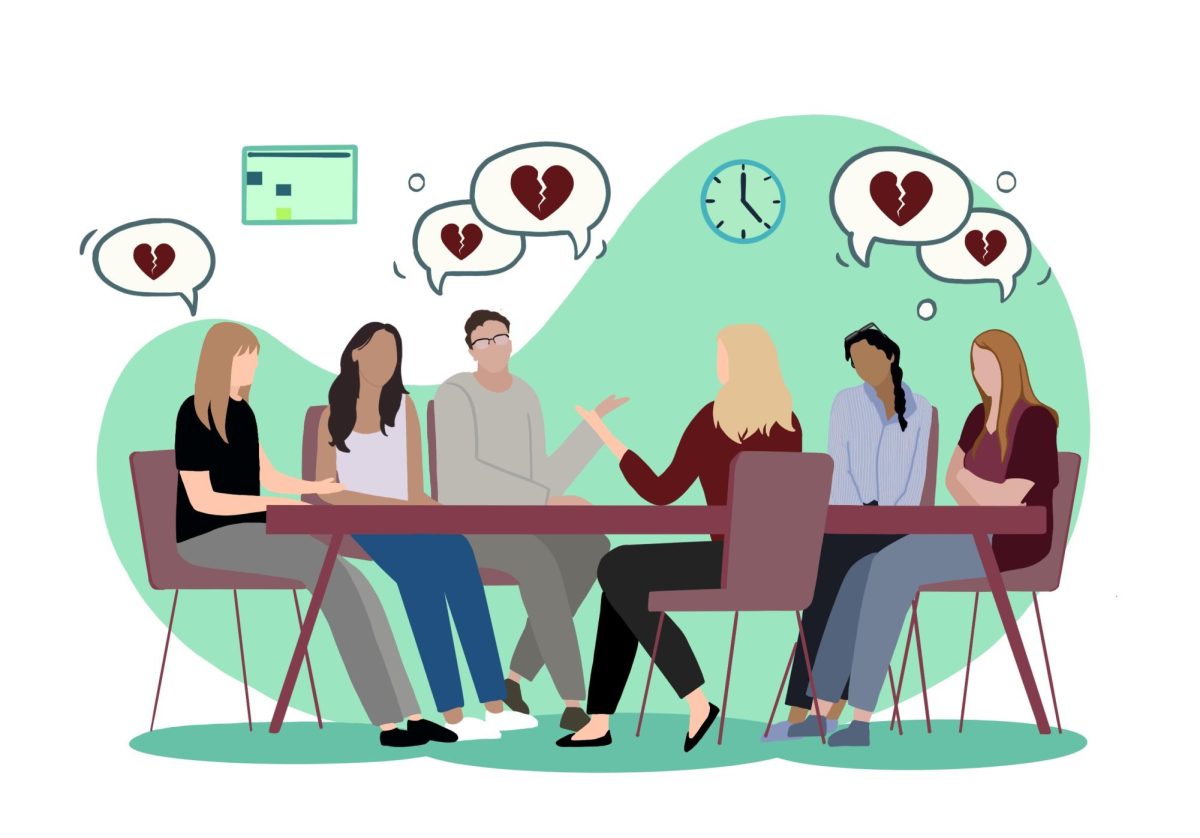A new professor came to our campus and –
being from another state and unfamiliar with our University – she saw bent, colorful steel girders on the western bank of the Mississippi and wondered, “Is this some kind of art installation?”
It took a few moments for the sad, stark realization to dawn on her. This was no new interpretation of Bauhaus Functionalism. This wasn’t Christo and Jeanne-Claude’s latest joyous, colorful expressions using landscape for a vast canvas.
No, these were the tangled remains of the Interstate 35W bridge, laid out for investigators like some gigantic puzzle.
But couldn’t art come of this? Isn’t there something amazing and expressive about steel beams twisted like taffy? I hope when the investigation is over, ordinary citizens will have an opportunity to walk among those distorted pieces of the bridge and contemplate the uncertain nature of life.
What kind of art could be made of this stuff? A gigantic phoenix, rising? A sort of steel Stonehenge, and at a precise meaningful day of the year, the shadows would align, just so?
Maybe somebody could erect a few of those twisty noodle-like beams in front of a school of public administration, with a simple plaque bearing this title:
Lessons Learned.
Oh, wait, I know. How about the world’s biggest, coolest jungle gym?
The possibilities are endless if one can find beauty, utility and meaning amid wreckage and suffering.
The colors fascinate me. That shade of green reminds me of an old military barracks, or perhaps some decrepit state mental hospital somebody might dream of converting into condominiums. The less-dominant orange color contrasted against the ubiquitous green makes me think of unripe pumpkins just beginning to turn orange.
If I could come closer to the wreckage, would I see other colors, such as the rusty red of systematic Republican neglect of infrastructure?
There is a sensible pattern to how disaster is handled in modern civilization, and artists have an important role to play in something like the I-35W bridge collapse.
First, of course, random heroes arrive on the scene, making bandages of their own clothing, pulling bleeding, confused victims from danger. Then rescue workers reach the scene to replace the spontaneous heroes of the moment with those who make a career of it.
Journalists arrive, already writing the first draft of history before anybody is precisely sure why this happened.
Doctors, ambulance drivers, hospital workers, even the people who help you fill out medical insurance forms have a role to play. Lawyers might not
be at the scene of the disaster itself, but they are already hard at work before the dust settles.
Politicians, architects, and lobbyists all play their parts.
Artists come almost at the very end, when perspective can be gained, and order has displaced chaos, but now order is in need of inspiration.
In fact, I think artists bring the cycle around full circle, because art can encourage the noble and heroic qualities in humanity, the sort of thing that makes people risk their lives for a stranger.
What art can come of this madness and sadness? I am not sure, but I would really like to find out the answer. I am bothered by the thought of those deadly bridge pieces being hauled away on barges or rail cars, to be sold as scrap and turned into Chinese-made toasters, ovens and alarm clocks.
I see something potentially inspiring about those bridge fragments and I believe a skilled artist could bring forth a message from that tangled mess of metal.
How long will the bridge wreckage remain where it is? Will snow soon cover the beams? Maybe dandelions will poke their heads up through gaps in the steel, come spring?
Or will sparks soon fly in fiery cascades as the beams are sliced apart to more manageable pieces, before being hauled away and sold for scrap?
Contemplating the pieces of the bridge from the pedestrian walkway high above, I can’t help but think of a scene I witnessed in Seattle in 1999, when union workers mad at the World Trade Organization hurled fake steel girders into the waters of Puget Sound.
The protesters were calling attention to the importation of cheap foreign steel, a practice eliminating and undermining American jobs.
In some surreal and highly subjective corner of my mind, I can’t shake the feeling that those imaginary steel beams thrown in the waters of Puget Sound have become real, made their way across vast aquatic distances, and have now crawled from the Mississippi River to greet the Republicans arriving next year for their national convention.
“Here we are,” say the steel beams. “What dark, creepy omen do you read from our presence?”
I think how the old I-35W bridge was almost certainly built from good old-fashioned American-made steel. But where will the steel come from for this new bridge, now that people like President George W. Bush have allowed our manufacturing jobs to go overseas?
Even if the wreckage is not meant to be art, it functions very much like art, as people stop to watch, to contemplate, to wonder about the intended meaning.
I think some of that twisted steel should never go away, but should remain on display for centuries to bring us its difficult, complex message.
John Hoff welcomes comments at [email protected].







